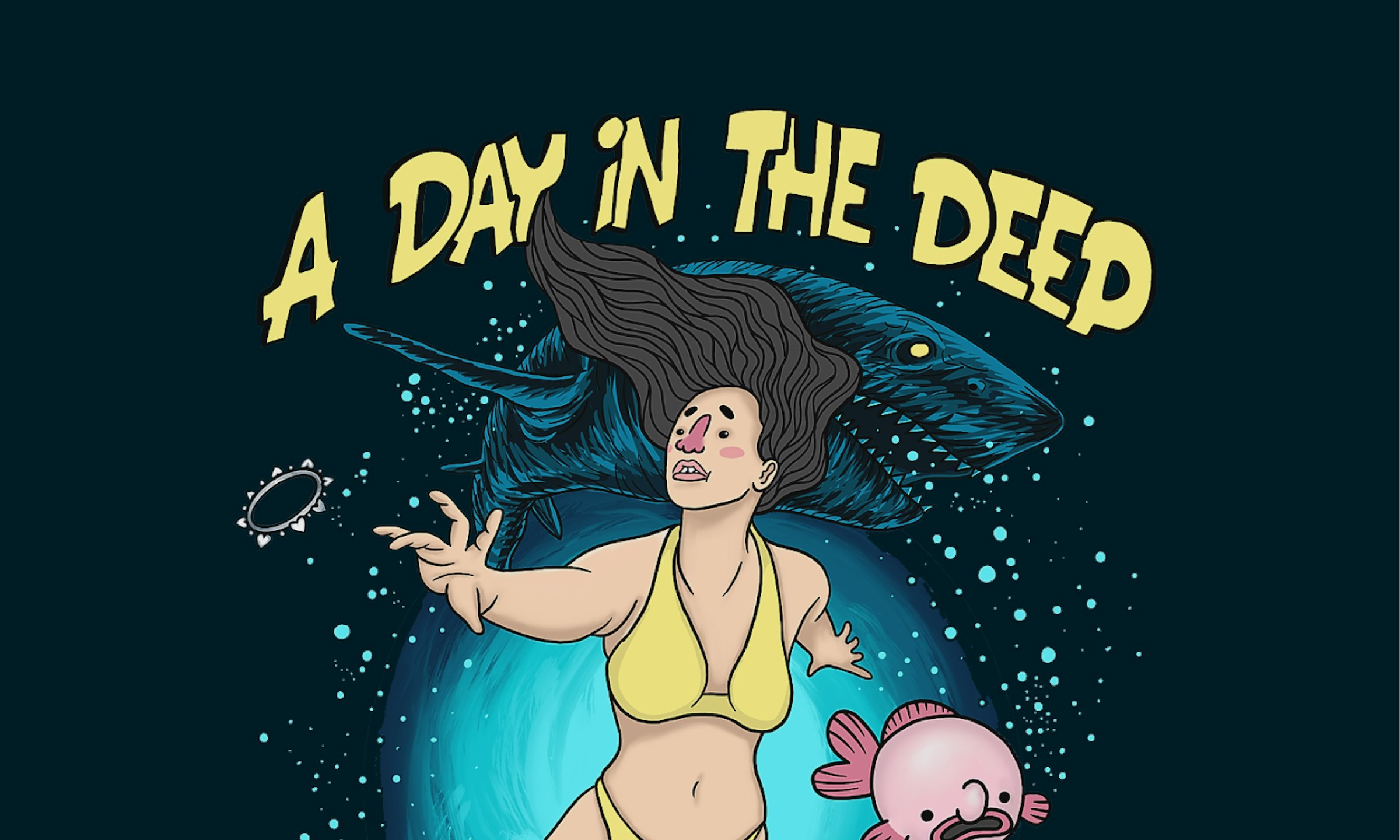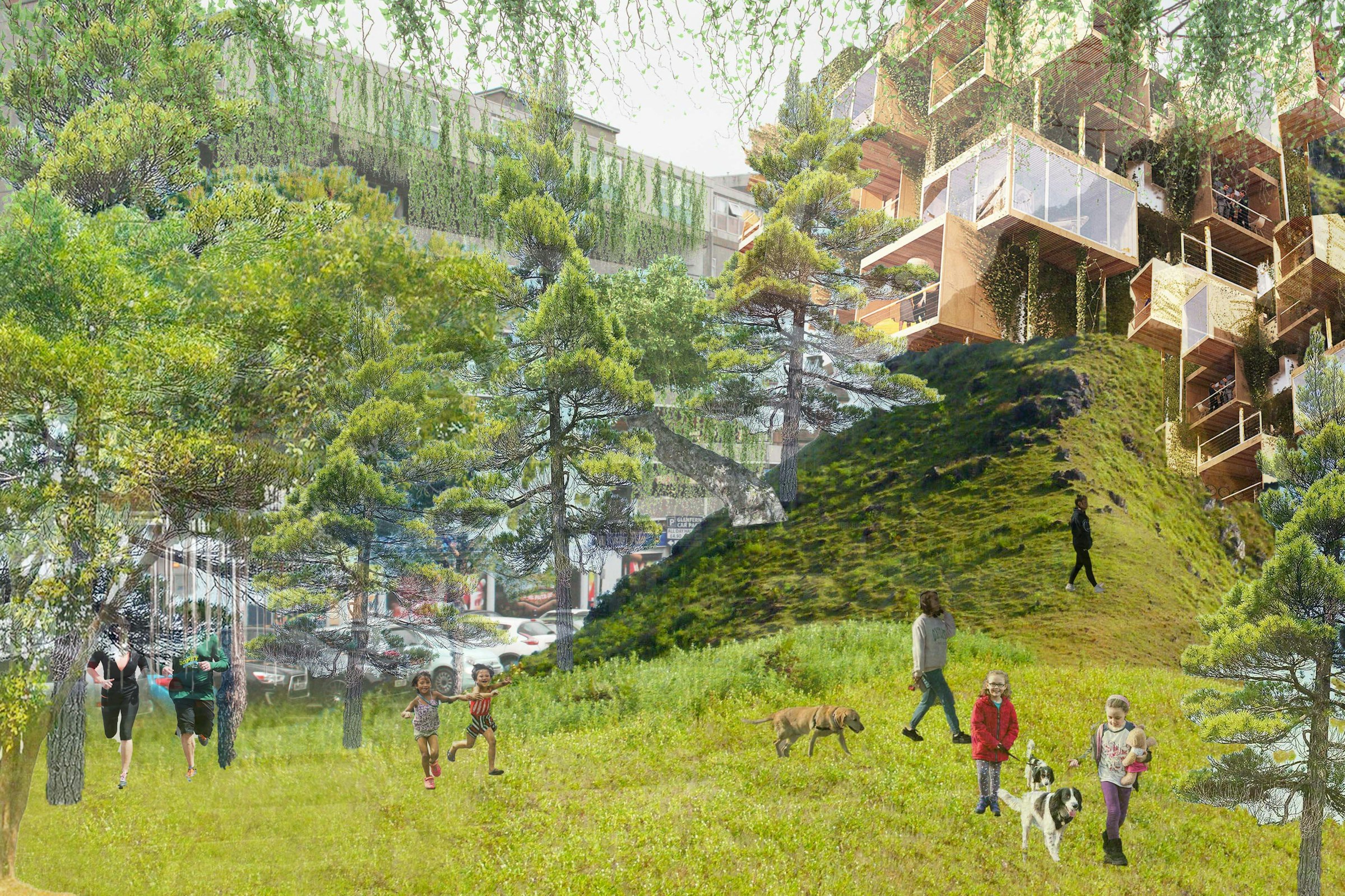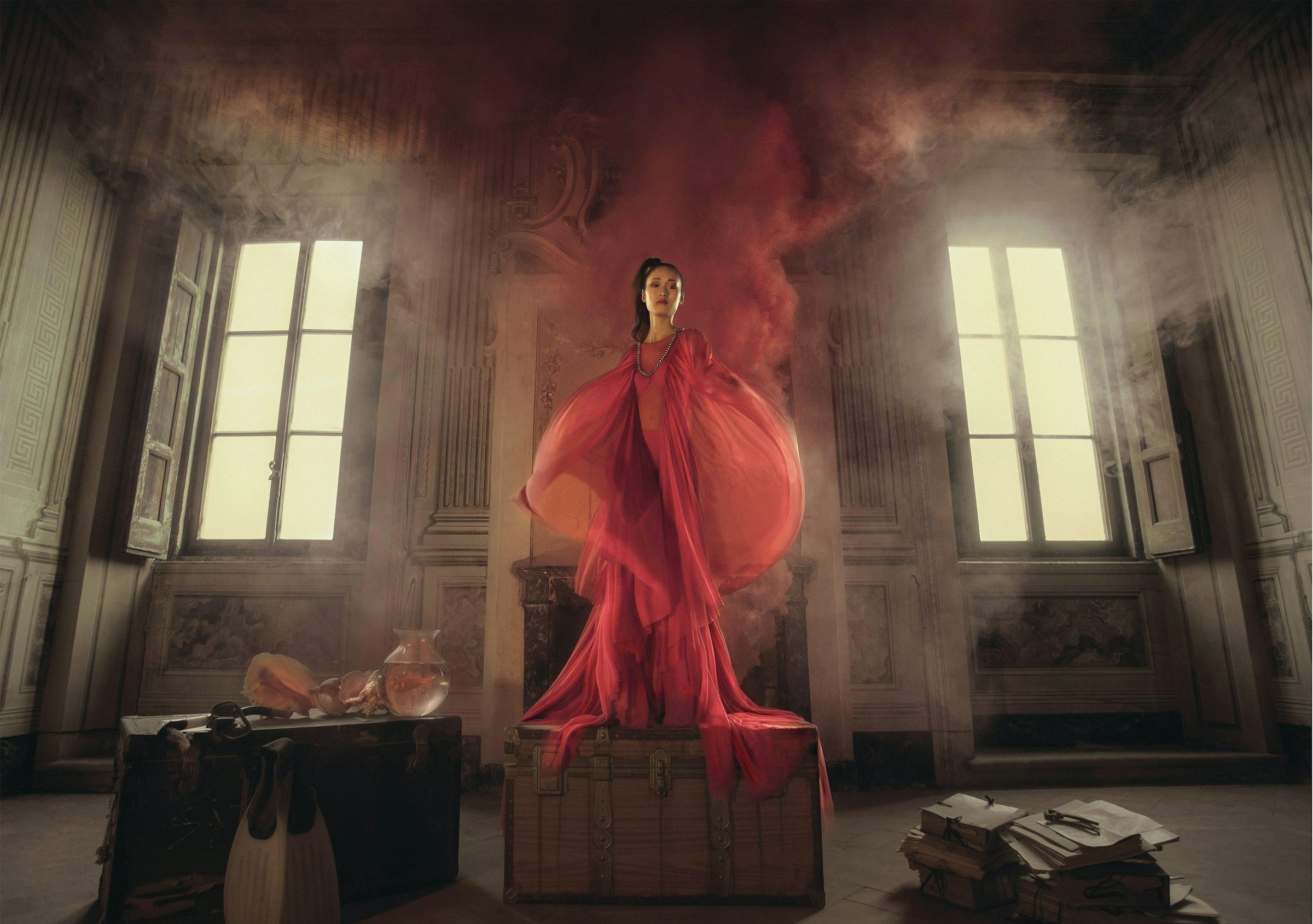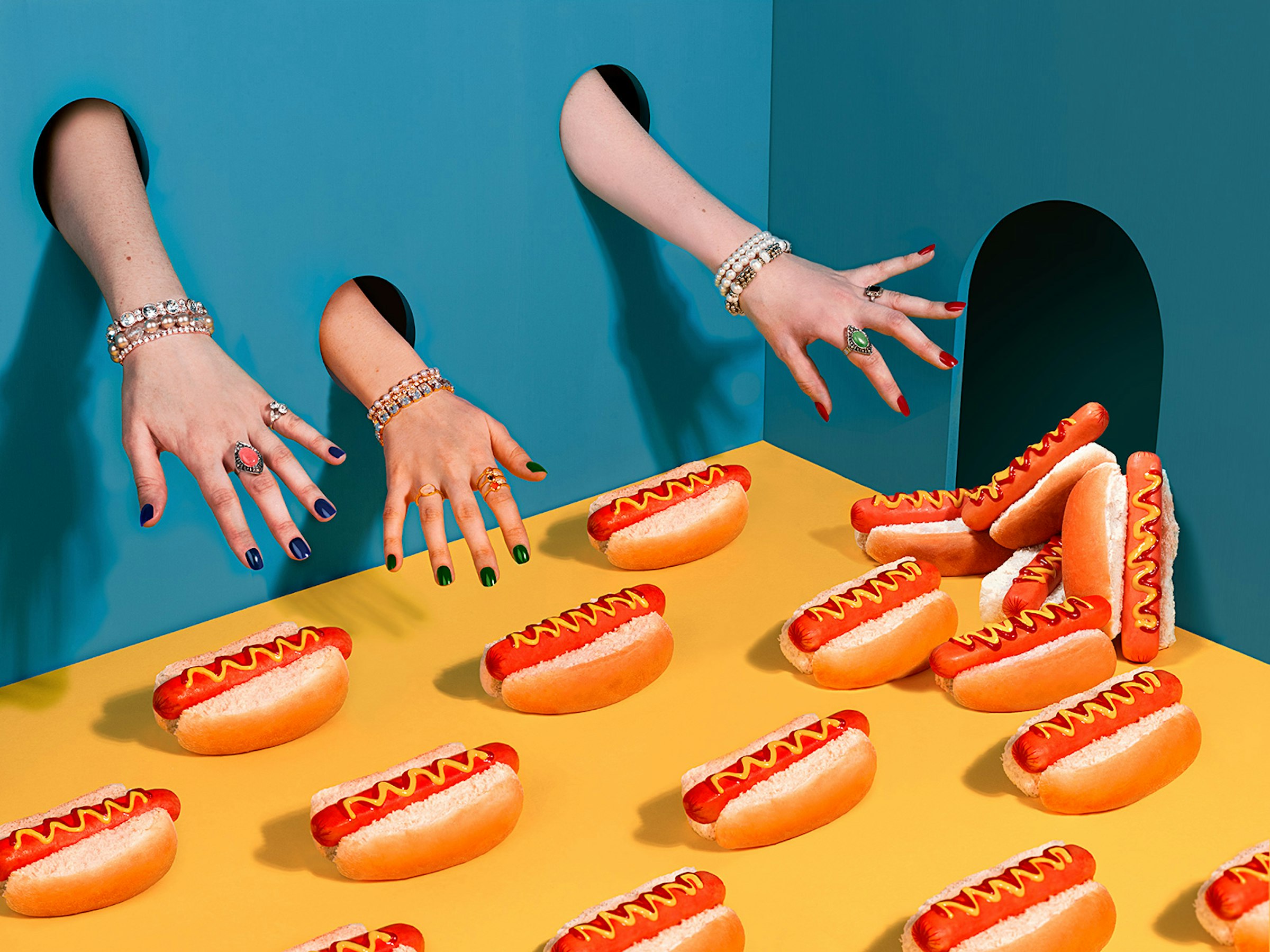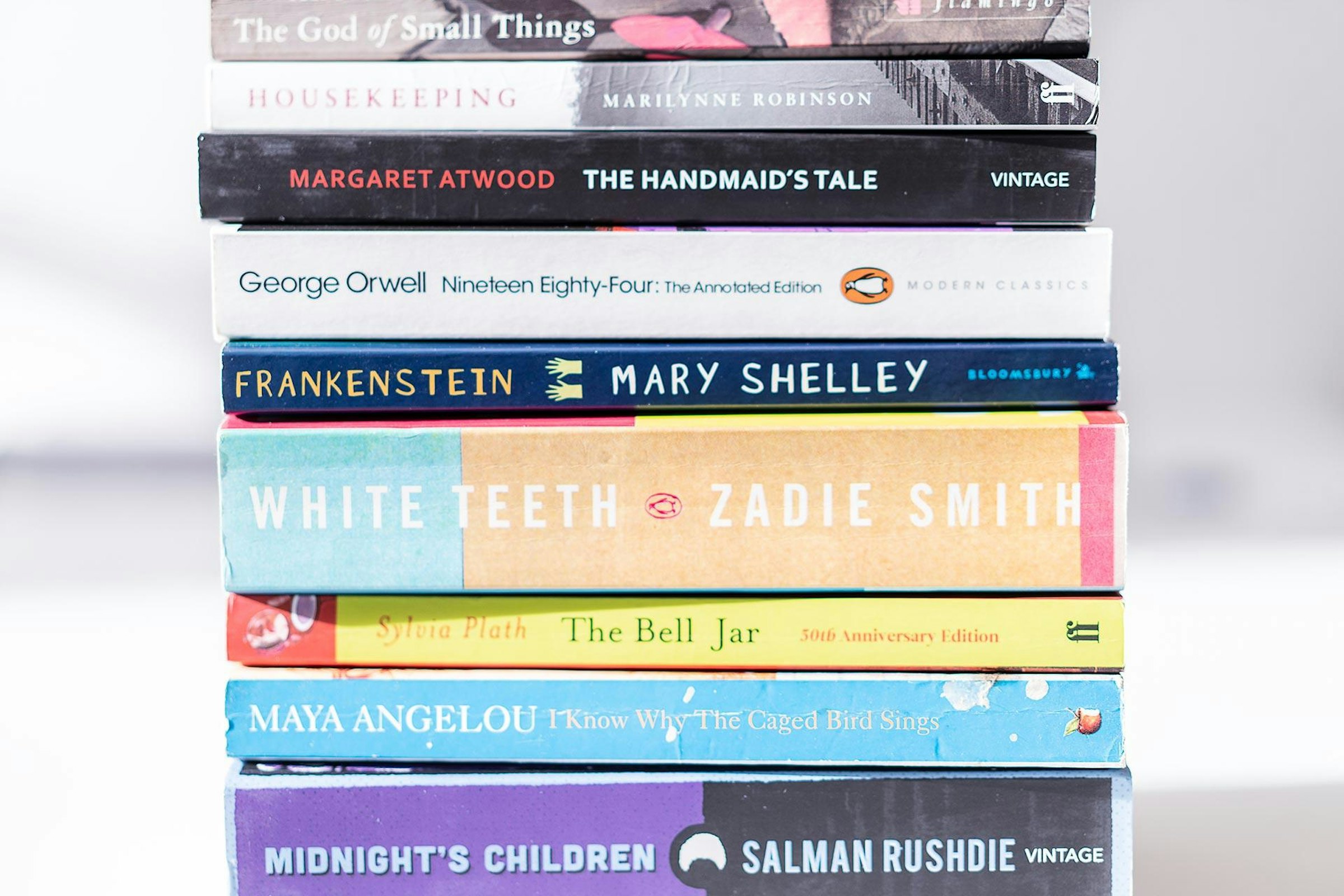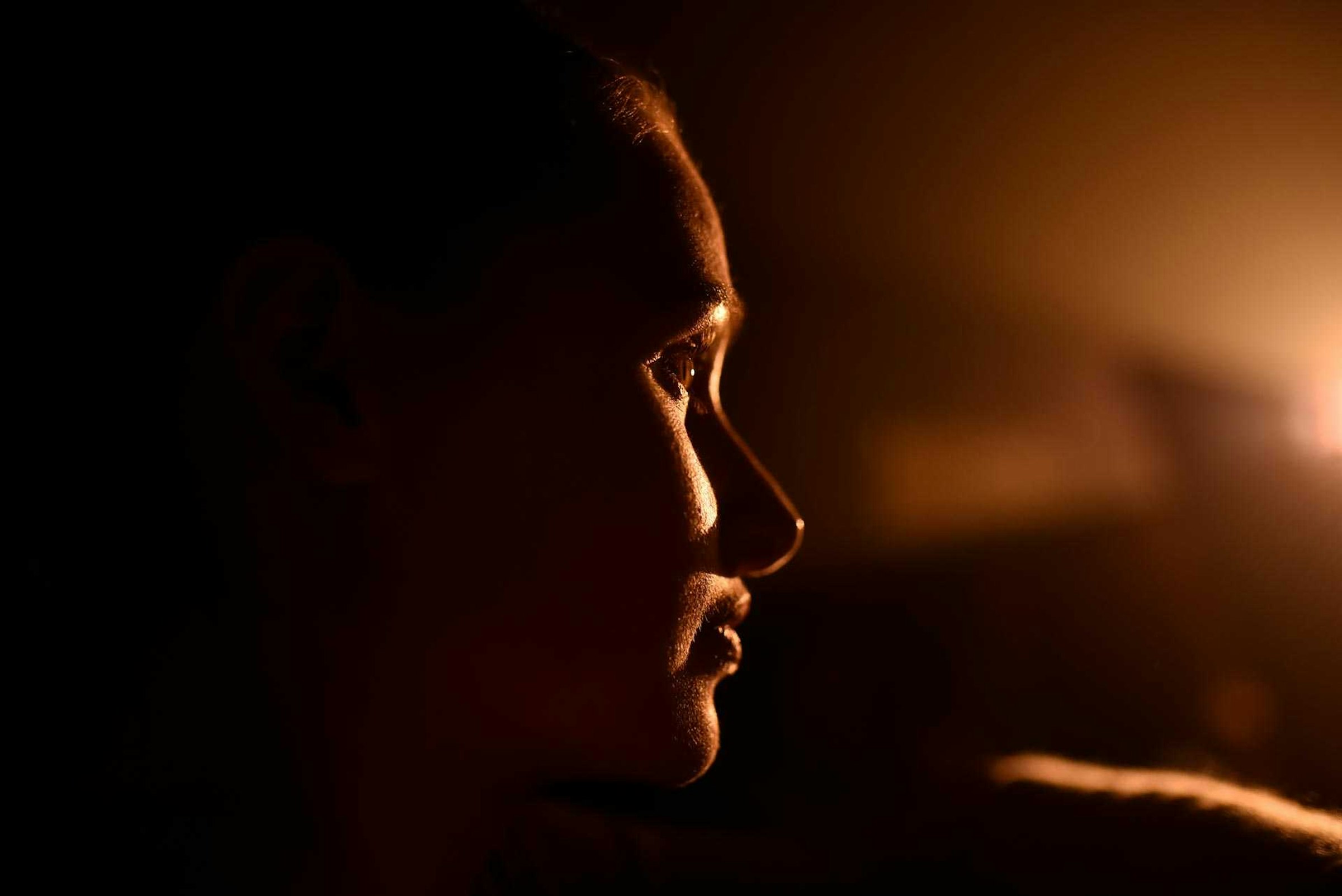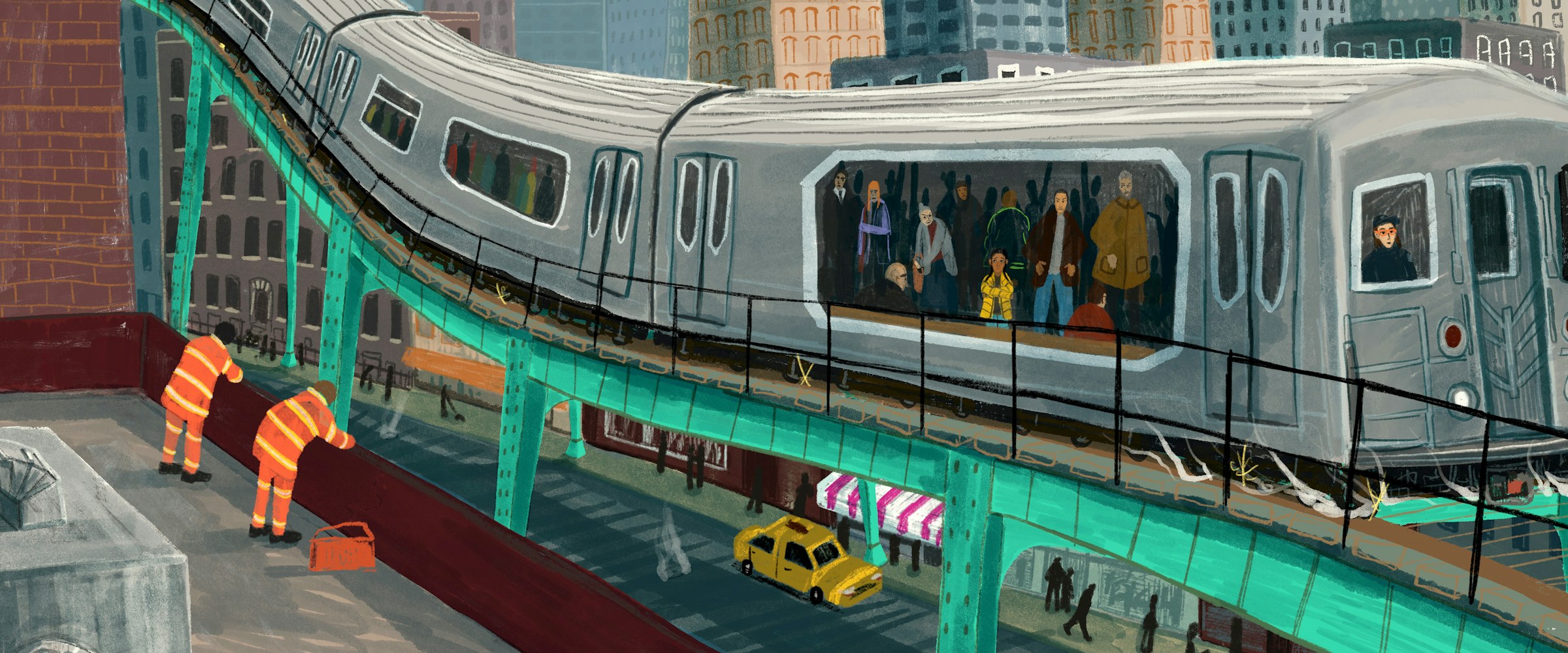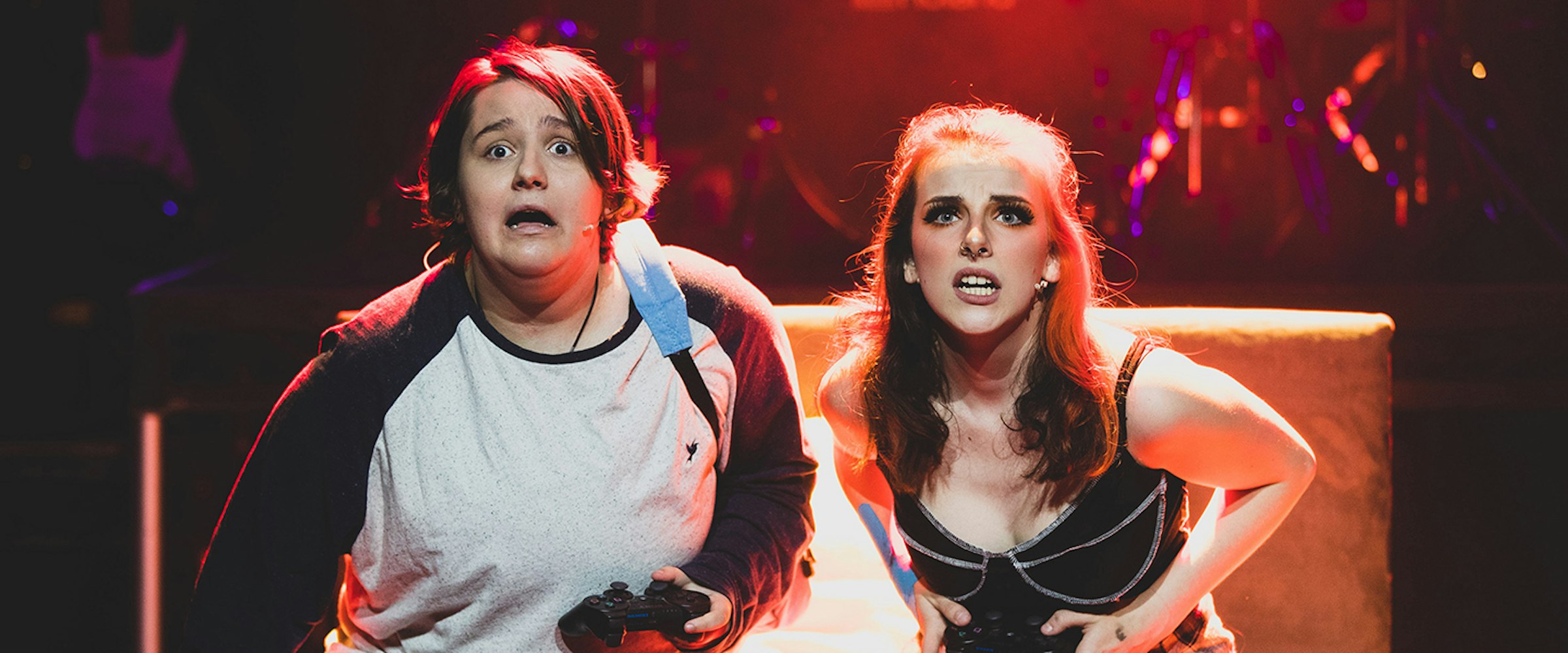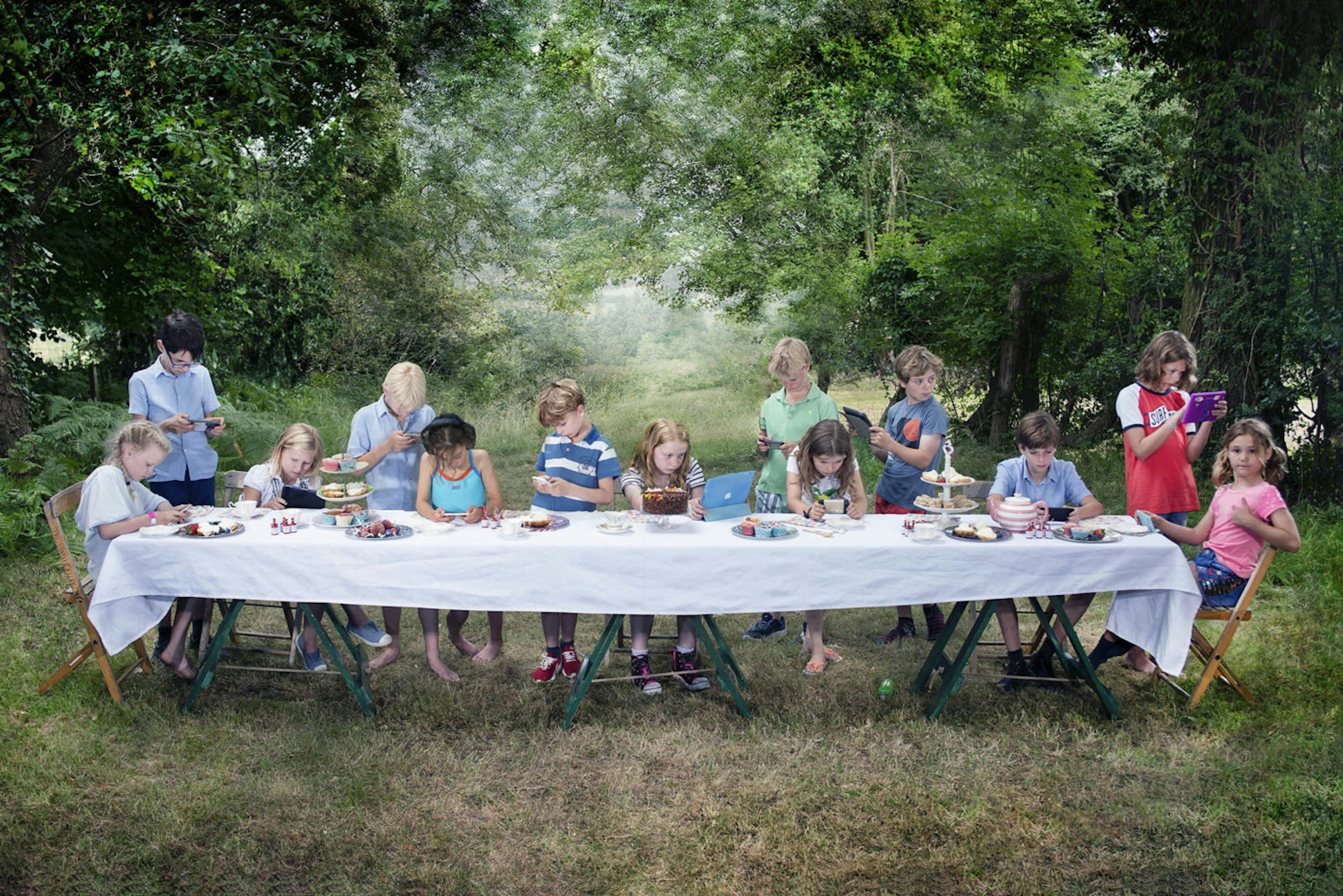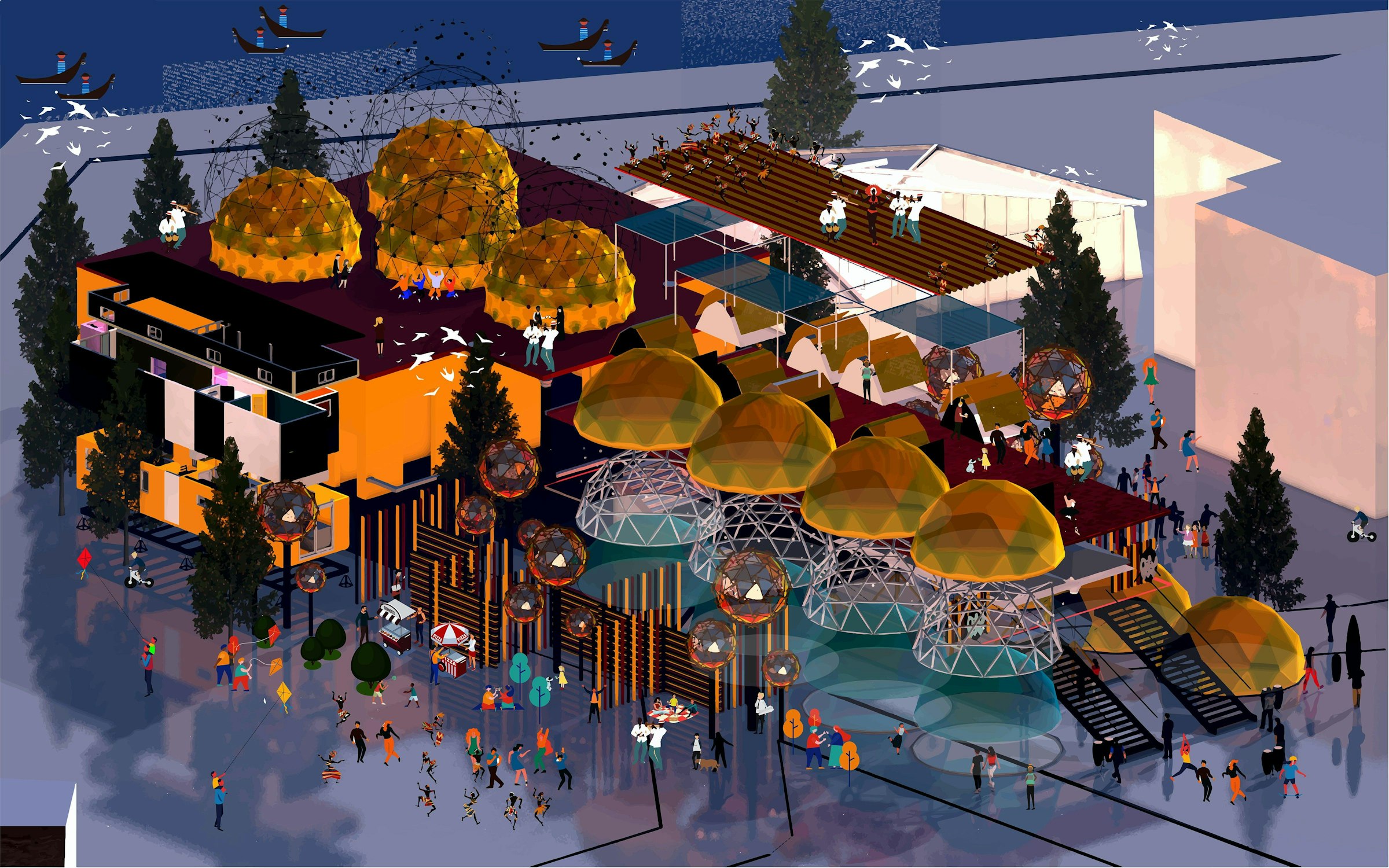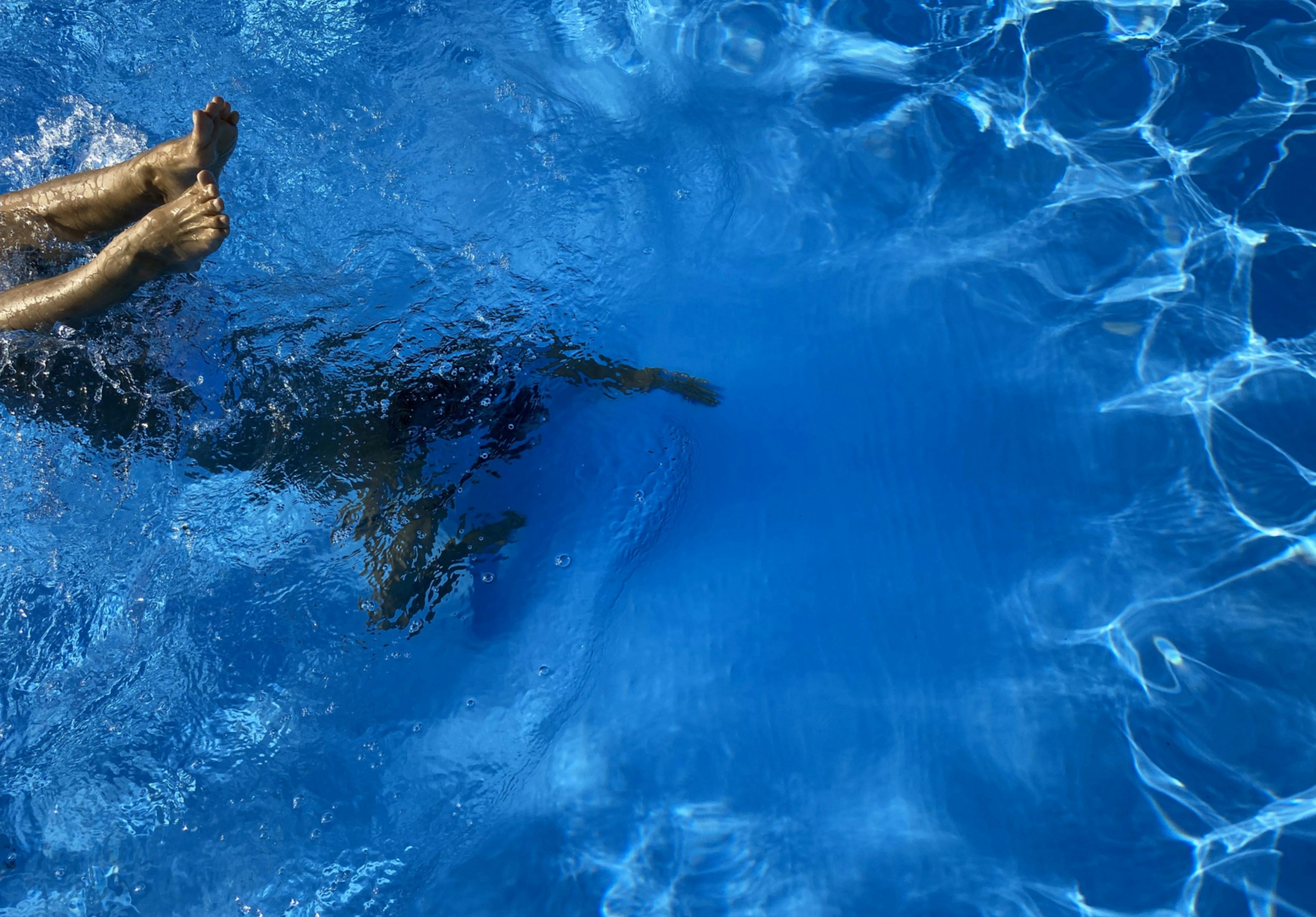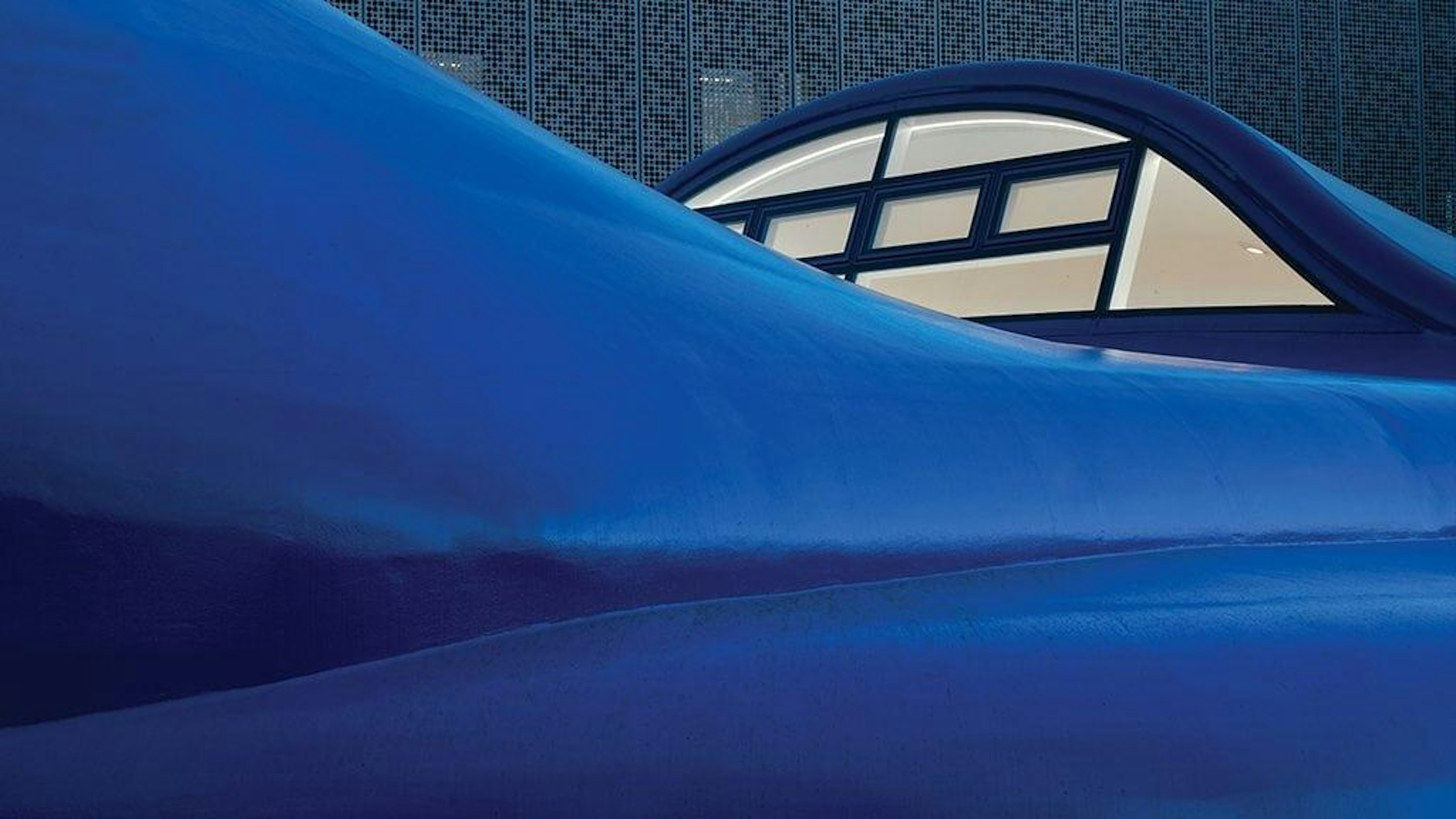
25 frames per second (fps) doesn’t sound like a lot in a world where we have half our games run on 60 fps, but any animator hearing that number only sighs. Computer animation may have made it easier to hit that 25, but most 2D animation runs on even half that. For even just a two-minute film, doing 12 fps to round down, that’s still 1.440 frames.
For stop motion or CG, that is already quite a number, but now imagine having to draw a new picture for every one of those frames yourself with a deadline looming over your head. You’d go insane before you even remember you also have to draw 50 backgrounds, storyboard a few dozen panels, and design every single character and tree that you’ll show on screen. And that is still without considering the modelling, texturing, crafting, rigging, and lighting that comes from the other mediums.
Needless to say, animation takes a whole lot of time. So it’s a good thing we don’t do it alone.
Save for the gutsy (and/or insane) few out there that choose to brave this field by themselves, most animation is done by studios. You get your animators, character designers, layout artists, and every other specialist you need and let them all do what they’re best at for a while and, with enough caffeine, out pops a beautiful movie. Part of the beauty in animation is the spirit of the sport, and that spirit comes from the fact that animation is a team sport.
Now unless you are particularly brave, you will at some point have to work in a team to get a film made. Even, or rather especially, if you are intending to animate for game rather than film, you’ll find yourself in a group of insanely talented people there to make something great with you. But as we all know from being booted with the majority of work for a group written assignment, or God forbid a presentation in our past, teamwork can be very hard to do.
As I’m writing this, I am in the middle of my graduating group project; nine of us, one academic year, and a two-minute film to make. Knock on wood, it’s going very well for us and I have to thank that to exactly one thing – my team.
I like to think I’m a pretty decent animator. I’m in charge of leading the rest of my team’s animators through the battle that is this year, and I’m producing the film as a whole alongside it. But I’d be producing a whole lot of nothing if I didn’t have my team. While I might be a decent animator, I am probably the worst layout artist you’d ever lay your eyes upon. Lucky for me, I don’t have to do any layouts!
Here at AUB we are taught Animation Production – ‘production’ is the key word there. There are so many departments in our field, it’s a miracle we specialise. But at this university, we work with the same system that a studio would. You kind of get a three-year head start on knowing how to work in a professional setting. You both get to work on just the thing that makes you happy to do and learn tons about how to work with people in other departments.
You might be thinking, ‘Big deal! Every animation course is run like that,’ but that’s where you’d be wrong. I’ve had a few friends in my year that joined us after doing a year, or – if they were particularly unlucky, two years – at other universities with courses like ours. I’ve also got a few friends across a few seas studying at some other pretty good universities that have filled me in on a little secret – AUB is remarkably unique in this.
My final film is the culmination of a lot of work from nine people, doing their best possible work in the things they are extraordinary at after years of training. But according to my friends, in a lot of other places, you make your final film by yourself.
If you speak to anyone in the industry, they will tell you first and foremost that animation is something you cannot do alone. Sure, you will have tutors and later mentors to guide you, but no matter what medium you chose this field, this craft, is a team sport at heart. And in my experience, that’s the beauty of the whole thing. I get to sit behind a desk with my crummy little tablet and draw dogs doing backflips all day. What could be better than that? If I had to also draw the floor, he’d backflip off, or design the dog 40 times over, it would take all the time out of my backflipping.
Knowing how to do many things in the field is great. That is what we are trained to do. But knowing that you don’t have to be flawless at everything, because the people around you are more than happy to do that for you, not only takes a lot of stress from your shoulders, but also makes you better to work with in the future.
